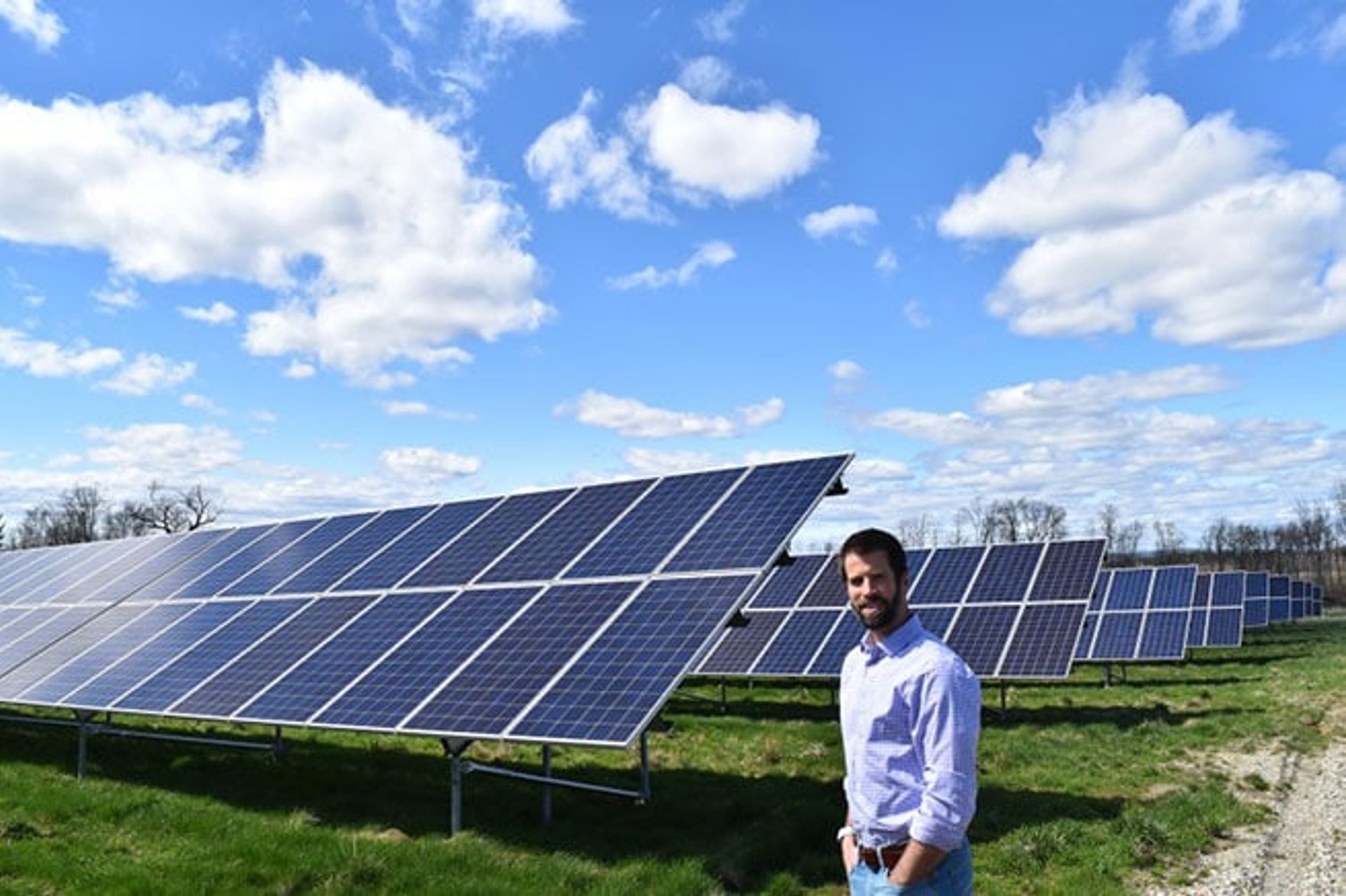
The trade-off of cutting down trees to make room for a solar farm to generate clean energy is a dilemma for many communities. WGBH Boston recently asked Nexamp’s Palmer Moore to speak about how we think about this trade-off.
At Nexamp, we’re working hard to build solar farms that can generate clean energy accessible to all. When identifying locations for our solar projects, we look for sites where it’s possible to interconnect to the utility grid while having a minimal impact on the natural state of the land. In heavily-forested states with aggressive renewable energy goals like Massachusetts, this sometimes means building on land where trees need to be removed.
In many cases, landowners are finding they have to generate income in order to preserve the land. Solar farming represents an opportunity for low-impact use that has a positive effect on climate change during the life of the project, yet returns the land to its original state once the project has been decommissioned.
Of the over 1,600MW of solar installed across Massachusetts by all developers, only about a third of that has been installed on forested sites, representing less than one-tenth of one percent of the total forest area in the Commonwealth.